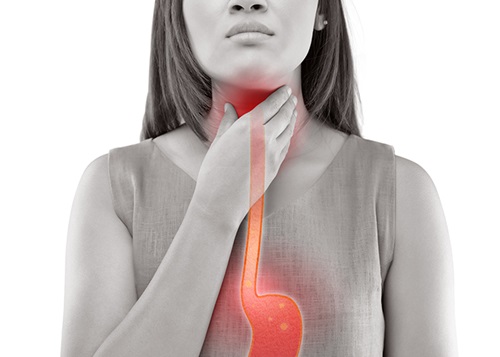
Esophageal Motility and Reflux Program
Our practice provides a comprehensive range of services focused on esophageal motility and reflux conditions such as GERD, heartburn, difficulty swallowing and other upper gastrointestinal issues. Our gastroenterologists utilize advanced laboratories, cutting-edge diagnostic tools, and innovative treatment procedures, including minimally invasive surgery, to address reflux disorders through endoscopic means.
Schedule an appointment with one of our providers to learn more.
-
Esophageal manometry is recommended for individuals experiencing symptoms such as swallowing difficulties, painful swallowing, inability to retain food in the stomach, chronic reflux that persists despite medication, or persistent heartburn even after other evaluations ruled out structural issues. This specialized procedure enables gastroenterologists to evaluate the esophagus' function and motility, providing measurements of muscle pressure, strength, and coordination within the esophageal muscles.
-
During the procedure, a numbing cream is applied, and the lubricated catheter is passed through a patient's nose into their stomach while they swallow sips of water. The catheter is plotted with high-resolution sensors that measure the contractions of the muscles with swallowing. The test typically takes between 30 minutes to one hour to complete. The test is not painful but can be uncomfortable for patients.
-
While both Esophageal Manometry and Upper Endoscopy procedures involve examining the esophagus and upper digestive tract, esophageal manometry focuses on evaluating esophageal function and motility. An Upper Endoscopy procedure is performed using a slender, flexible tube with a tiny camera, known as an endoscope, for direct visualization of the upper digestive tract encompassing the throat, esophagus, and stomach to detecting abnormalities in its lining such as inflammation, ulcers, or tumors.
-
Abnormal results may indicate a problem with the esophagus' ability to move food toward the stomach. This weak lower esophageal sphincter causes heartburn and esophagus muscle contractions that do not effectively move food to the stomach.


